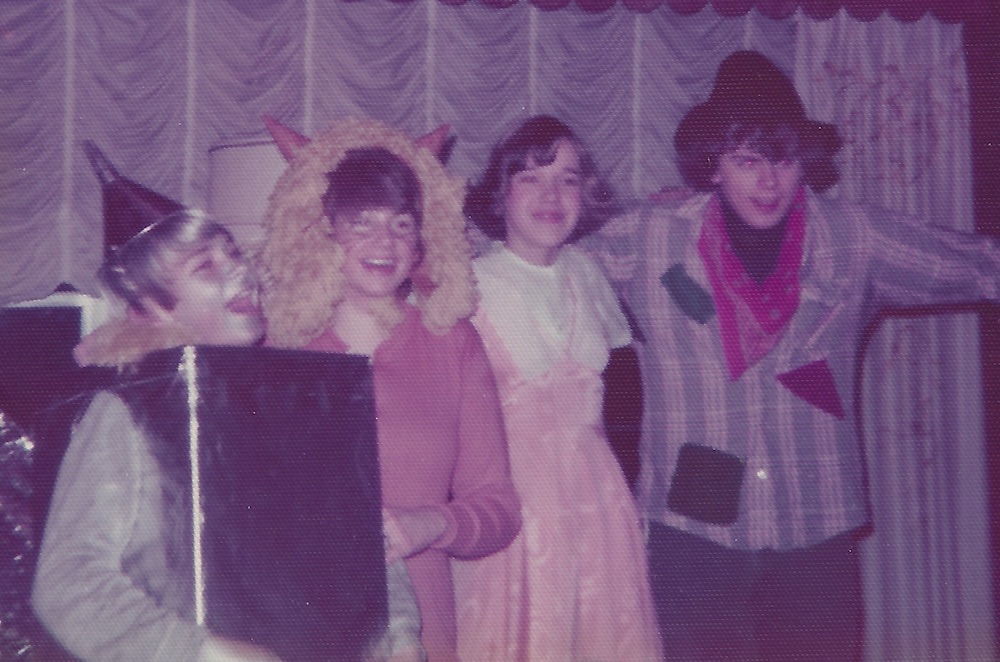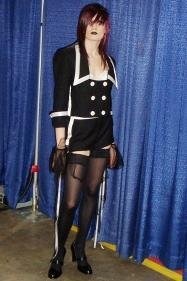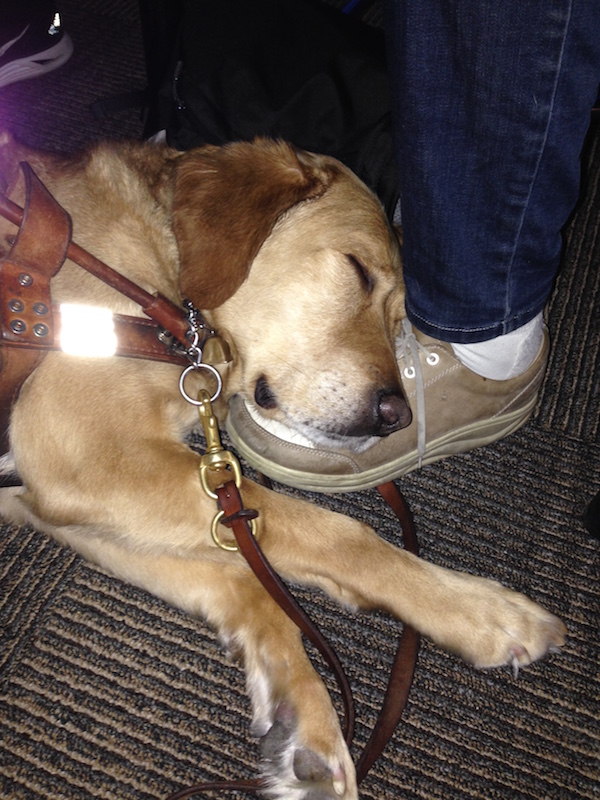Guest post by Linda Porter: Honor lives on
July 3, 2016 • Comments • Posted in guest blog, UncategorizedHappy Fourth of July weekend, everybody. Last week we published a post Mike wrote about his visit to Pittsburgh and to the area in Western Pennsylvania where his parents grew up, and his visit with his cousin Linda. Well, that sparked Linda to write about one of the unique facets of the small town near the Monongahela River where her mother and Mike’s father were raised. Enjoy.
by Linda K. Porter
It’s here again: The 4th of July weekend celebration of independence. Parades, fireworks, bells, whistles, and backyard picnics are already planned, and invitations are out.
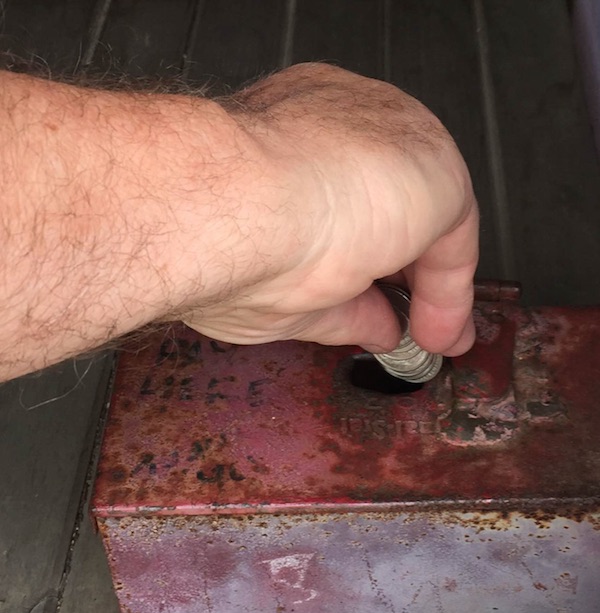
No bar codes, no scanners. Just trust.
Our farmers market opened in Denbo once again this past week. Denbo has its own rich story, and my mother, Michael’s father, and our six other aunts and uncles all grew up together in a small two-bedroom house there. Juicy red garden tomatoes, delectable green onions, and crunchy green cucumbers are now available at the Denbo farmers market for 4th of July picnic tables. The Ratica family has farmed the land for three generations and started to sell their goods to the locals about ten years ago. Word of mouth spread quickly, and customers are driving short and long distances to partake of the organic bounty.
It’s probably a lot like other farmers markets–except for one thing.
Our farmers market is based on the “honor system.” No cash register, no clerk to help with your purchase, no change, no credit, and no checks. The stand is devoid of modern technology. Farmer Bob Ratica restocks the vegetables once or twice daily and labels each package with a price. For a little over two bucks, you can buy three large tomatoes. One bite, and you would pay double or triple to get another. The buyer adds up the purchase, and deposits the money into a small slot in a locked money box: Dimes, nickels, and quarters are welcome.
And that’s it.
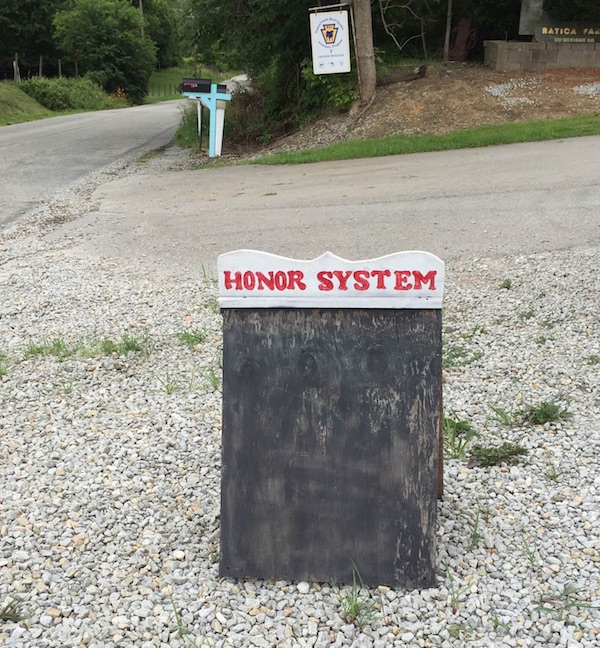
A roadside sign explains it all.
Attempts to cheat the farmer will get you something of a scarlet letter. I know of only one instance where someone was stealing. It has been said that Mr. Ratica caught the perpetrator by hiding out behind an old building nearby. The farmer didn’t even confront the thief, but instead posted a sign on a piece of jagged edged cardboard with a message in bold black marker: “Bubba Smith is Not Welcome Here.” (Name has been changed to protect the real Bubba from further scorn.)
As summer evolves, the farm will be stocked with corn, potatoes, watermelon and cantaloupe. There has also been asparagus, zucchini, parsley, beets, cabbage, lettuce and herbs. Farmer Ratica guarantees all of his products, and I don’t know of anyone who has requested a refund. This hardworking farmer, son of immigrants, good friend of the Knezovich brothers, has placed his trust in his neighbors.
In light of Mike’s visit back to his Denbo roots last weekend, I forgot to remind him: We don’t have coal or steel any longer, but we still have honor.
Happy 4th of July!
